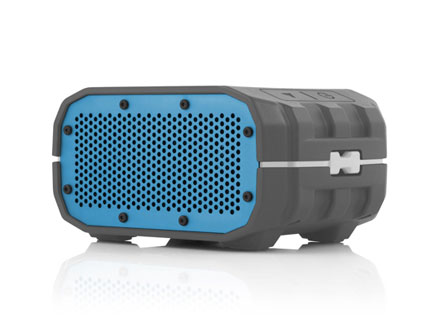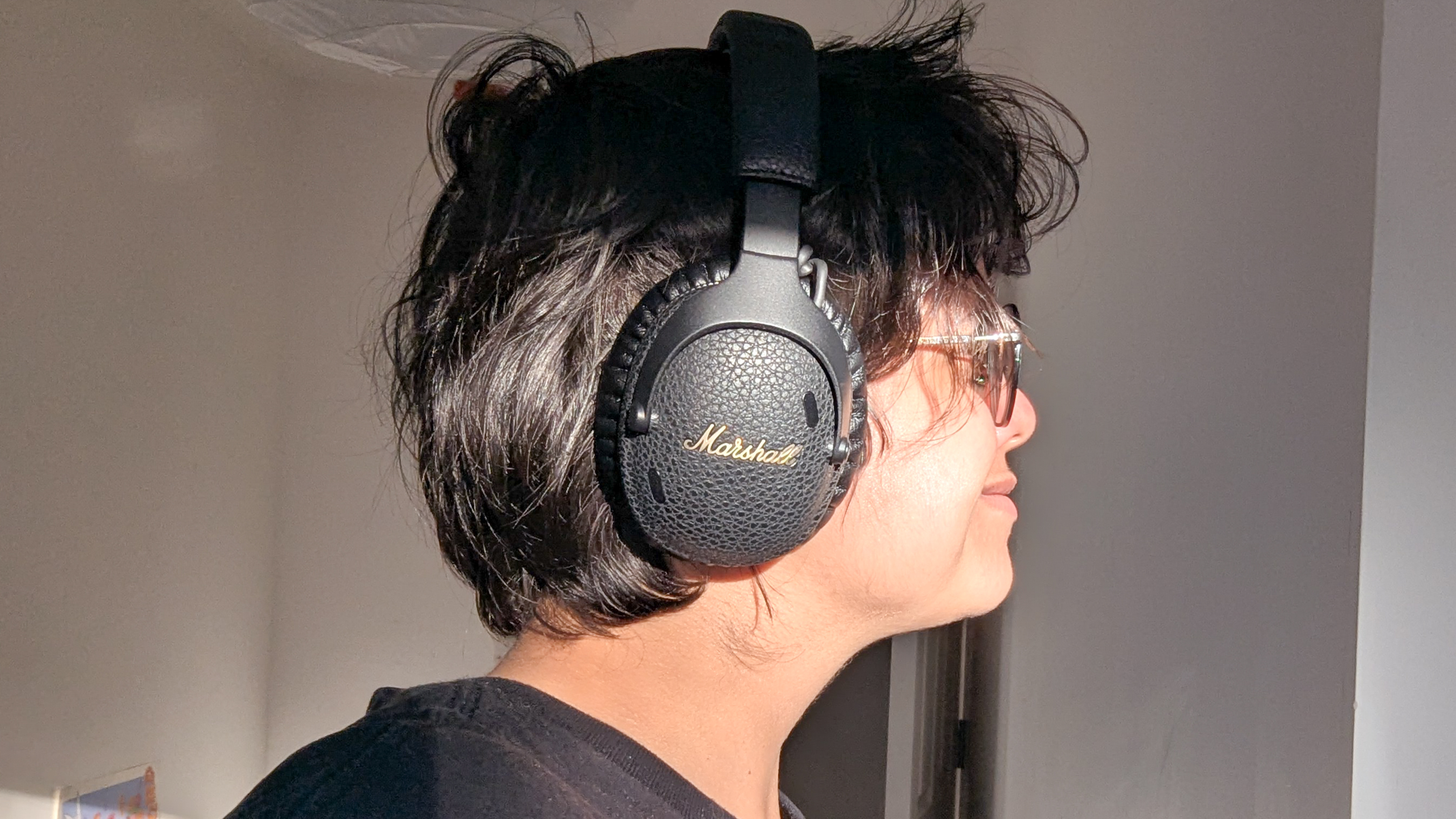Tom's Guide Verdict
Braven's rugged and affordable BRV-1 tackles the elements and delivers good sound.
Pros
- +
Weatherproof
- +
Speakerphone
- +
Good battery life and can act as phone battery backup
Cons
- -
Narrow field of sound
- -
Weak treble tones
Why you can trust Tom's Guide
A portable speaker is only as useful as the places you can take it. While many wireless speakers are best suited for the indoors, you can drag Braven's BRV-1 ($99) rugged Bluetooth speaker to the pool, campground or slopes without fear. It also comes packed with features, such as the ability to charge a phone and act as a speakerphone. If you live an active life, and don't want to spend a lot, this may be the Bluetooth speaker for you.
Design
Short, squat and deep, the BRV-1 is as tough as its looks suggest. In many ways, this device's hard rubber case makes it resemble a canteen or binocular case more than a traditional Bluetooth speaker. At 4.75 x 3.25 x 2.25 inches, the BRV-1 doesn't take up much room, either. Many other rugged speakers, such as the G-Project G-Drop (4.6 x 4.6 x 2.8 inches) or the EcoXGear EcoXBT (9 x 4 x 2.8 inches), offer the same level of toughness, but come in bigger packages. And at just 12 ounces, the BRV-1 won't weigh down your pack.
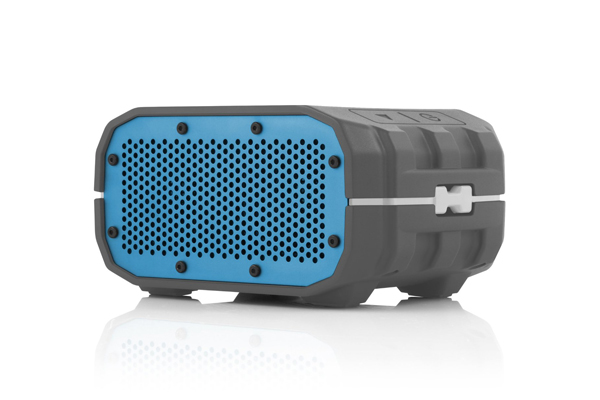
Inside, the BRV-1 houses two drivers for stereo sound (Braven did not provide details about the size of the drivers).
The company placed minimal controls on the top of the speaker. You can adjust the volume, turn it on or off, and play or pause music. The Play button also answers and ends calls on the speakerphone.
MORE: Best Bluetooth Speakers Available Now
On the back, the inputs are safely stowed under a screw cap. It's important that you leave the cap on when not accessing the inputs to keep the unit waterproof. Beneath the cap, you'll find a battery indicator, 3.5-mm analog audio input and a USB port that you can use to charge a smartphone. This is also where you connect a microUSB cable to charge the BRV-1.
On the right side, you can loop the included strap through to provide a firmer grip on the speaker as you carry it.
Ruggedness
The BRV-1 is rated IPX-7, which means you can put it under water (at up to 1 meter deep) for 30 minutes and it should keep on playing. While that level of waterproofing is notable, it's not unique among Bluetooth speakers; the G-Drop has the same IPX rating. To add to the toughness, Braven encased the drivers in aluminum and hard rubber so they can withstand plenty of abuse.
I dropped the BRV-1 from 10 feet into a bank of snow and left it there for five minutes. The unit showed no problems afterward.
Setup and Use
To put the BRV-1 in Bluetooth pairing mode, you press the Play button on the top of the speaker until you hear a sound similar to a sonar pulse. On an iOS device, find "Braven BRV-1" under Other Devices in the Bluetooth menu to pair the speaker. For Android, it shows up under Available Devices in the Bluetooth menu.
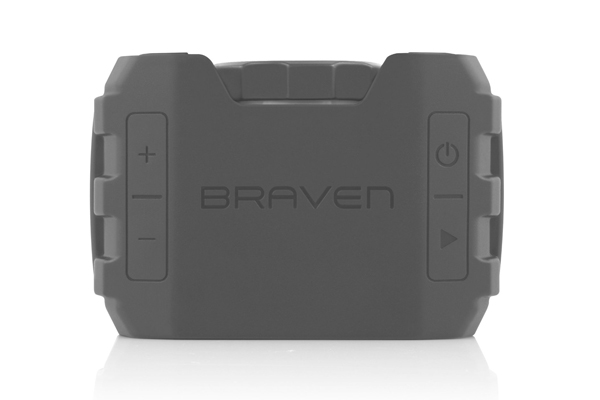
The Bluetooth connection remained strong even at 30 feet with walls between the speaker and me, a distance at which other Bluetooth speakers can struggle.
You can control the volume on both your mobile device and the speaker itself; the two volume controls are independent, so for maximum volume you should turn both up all the way.
Audio Performance
The BRV-1's size may be a plus for portability, but its small footprint also narrows the field of sound it produces. This results in a weaker overall sound. Rugged speakers with bigger drivers, such as the G-Project G-Drop ($50), deliver a bigger sound, as do wider (but not rugged) speakers such as the Jawbone Mini Jambox ($99).

The BRV-1 sounds best when playing rock and pop. Despite its small size, the BRV-1 delivers strong bass. On Mark Ronson's "Uptown Funk," the bass drum boomed and the bass line growled. The Braven speaker also reproduces vocals well; Robert Plant's singing rose above Jimmy Page's distorted guitar and John Bonham's pounding drums on the song "Houses of the Holy."
The weaknesses of the speaker become more apparent on symphonic music and jazz. The horns in Cannonball Adderley's jazz classic "Autumn Leaves" fall flat, lacking brightness. The G-Drop performed better on both jazz and symphonic music, with more punch in the horns, though its single driver still won't please most fans.
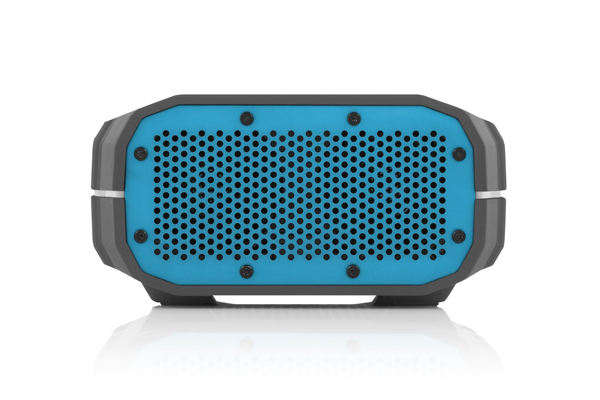
With 6 watts of power, the BRV-1 can get fairly loud for a small speaker. At max volume, it produced over 80 decibels, though it sounded distorted at that volume. By comparison, Soundfreaq's Pocket Kick maxed out at just below 80 decibels. I found the BRV-1's sound more pleasing at 70 decibels, which would be enough in many situations but won't rise above the din of a large party.
Speakerphone
The BRV-1's speakerphone microphone seems equivalent to the iPhone's built-in speakerphone; the recipients of my call didn't notice any difference in quality. The BRV-1's speaker made it easier to hear people on the other end of my calls. Overall, the unit's speakerphone tools are on par with other Bluetooth speakers this size.
MORE: Our Favorite Soundbar Speakers
Battery Life and Charging
Braven says you can get 12 hours of playback from the BRV-1 on a full charge, which I found to be accurate. That's twice what you can expect from the G-Drop.
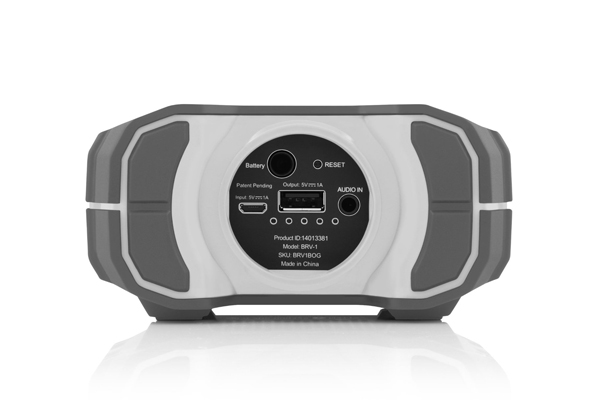
You charge the BRV-1 via the microUSB port found beneath the screw cap on the speaker's back. The BRV-1 also can act as a backup battery for your mobile phone (but it doesn't generate enough power to charge a tablet). It's better to think of the speaker's 1400 mAh battery as a supplemental charge, though; an iPhone 6 requires 1810 mAh for a full charge. And, any power you use to increase your phone's charge decreases the speaker's playing time.
Bottom Line
The $99 BRV-1 offers an attractive combination of portability, toughness and price. The $50 G-Project G-Drop and the $230 Fugoo Tough both deliver better sound, but the former is much bulkier and doesn't last as long, and the latter is more than twice as expensive. If you plan to listen in mostly extreme conditions, or even by the pool, the BRV-1 is the best fit.

Michael Gowan is a freelance technology journalist covering soundbars, TVs, and wireless speakers of all kinds of shapes and sizes for Tom’s Guide. He has written hundreds of product reviews, focusing on sound quality and value to help shoppers make informed buying decisions. Micheal has written about music and consumer technology for more than 25 years. His work has appeared in publications including CNN, Wired, Men’s Journal, PC World and Macworld. When Michael’s not reviewing speakers, he’s probably listening to one anyway.
